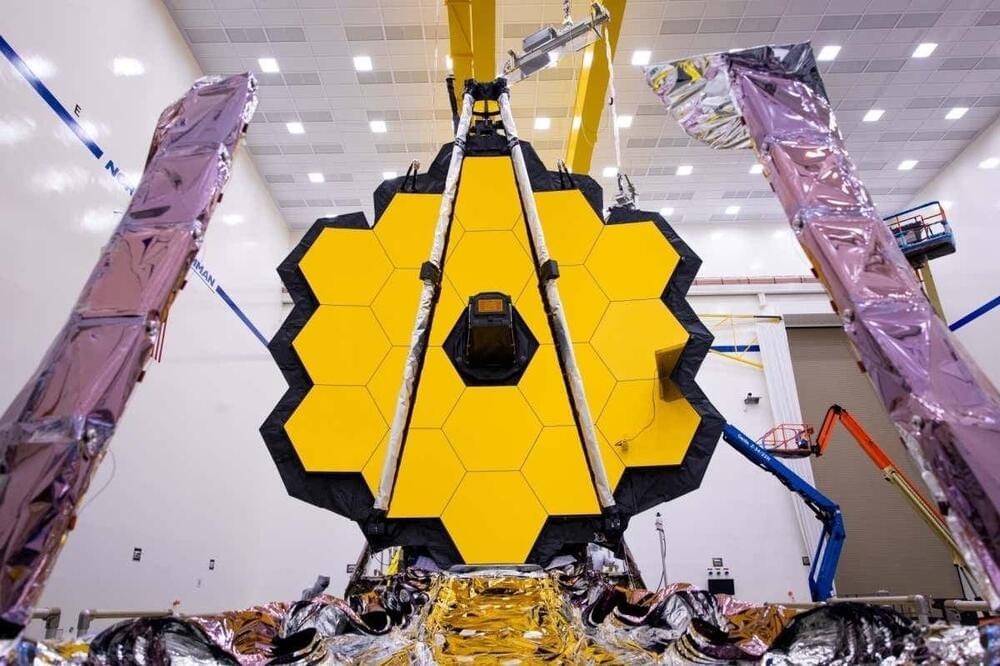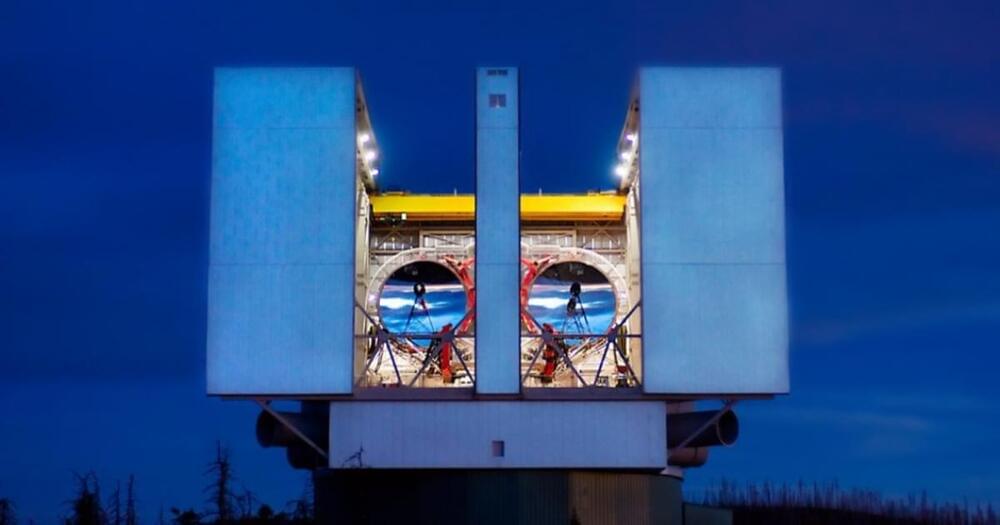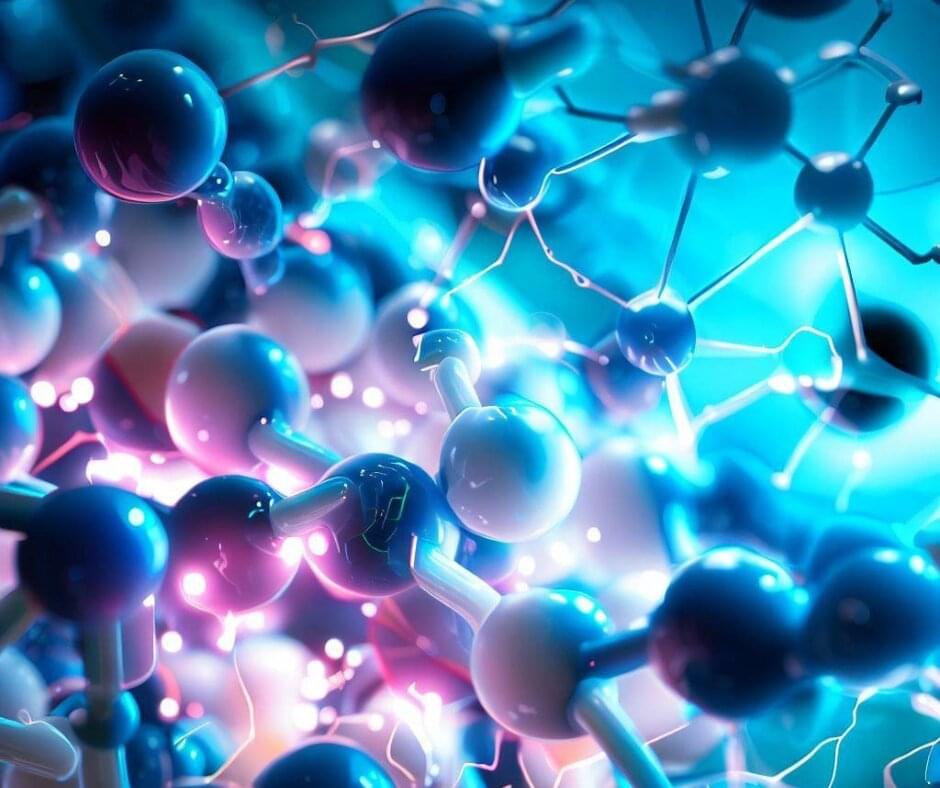NASA’s James Webb Space Telescope has photographed a fiery spiral galaxy that has a very violent past and is located 131 million light-years away.



A scorching hot world where metal clouds rain drops of titanium is the most reflective planet ever observed outside of our Solar System, astronomers said on Monday.
This strange world, which is more than 260 light years from Earth, reflects 80 percent of the light from its host star, according to new observations from Europe’s exoplanet-probing Cheops space telescope.
That makes it the first exoplanet comparably shiny as Venus, which is the brightest object in our night sky other than the Moon.


When you imagine a galaxy like our Milky Way, you’re probably picturing a swirl shape with arms reaching out from a central point. These spiral arms are a classic feature of many galaxies. Similar structures can be found around young stars which are surrounded by disks of matter from which planets form, called protoplanetary disks. Now, astronomers have discovered evidence that these structures could be created by recently formed exoplanets.
Astronomers used Large Binocular Telescope in Arizona to investigate a giant exoplanet named MWC 758c which seems to be forming the spiral arms around its host star. Located 500 light-years away, the star is just a few million years old, making it a baby in cosmic terms. “Our study puts forward a solid piece of evidence that these spiral arms are caused by giant planets,” said lead researcher Kevin Wagner of the University of Arizona in a statement. “And with the new James Webb Space Telescope, we will be able to further test and support this idea by searching for more planets like MWC 758c.”
The star still has its protoplanetary disk of dust and gas around it, making it comparable to the early stages of our own solar system. “I think of this system as an analogy for how our own solar system would have appeared less than 1% into its lifetime,” Wagner said. “Jupiter, being a giant planet, also likely interacted with and gravitationally sculpted our own disk billions of years ago, which eventually led to the formation of Earth.”
However, an independent group of scientists, inventors, and engineers called Applied Physics recently proposed the first model for a physical warp drive, according to a recent study published in the peer-reviewed journal Classical and Quantum Gravity.

A new study by researchers at the University of Cambridge reveals a surprising discovery that could transform the future of electrochemical devices. The findings offer new opportunities for the development of advanced materials and improved performance in fields such as energy storage, brain-like computing, and bioelectronics.
Electrochemical devices rely on the movement of charged particles, both ions and electrons, to function properly. However, understanding how these charged particles move together has presented a significant challenge, hindering progress in creating new materials for these devices.
In the rapidly evolving field of bioelectronics, soft conductive materials known as conjugated polymers are used for developing medical devices that can be used outside of traditional clinical settings. For example, this type of materials can be used to make wearable sensors that monitor patients’ health remotely or implantable devices that actively treat disease.

There are many different definitions of aging, but scientists generally agree upon some common features: Aging is a time-dependent process that results in increased vulnerability to disease, injury and death. This process is both intrinsic, when your own body causes new problems, and extrinsic, when environmental insults damage your tissues.
Your body is comprised of trillions of cells, and each one is not only responsible for one or more functions specific to the tissue it resides in, but must also do all the work of keeping itself alive. This includes metabolizing nutrients, getting rid of waste, exchanging signals with other cells and adapting to stress.
The trouble is that every single process and component in each of your cells can be interrupted or damaged. So your cells spend a lot of energy each day preventing, recognizing and fixing those problems.
Dr. ryan brinkman-vice president and research director, dotmatics
Scientists have long been perceived and portrayed in films as old people in white lab coats perched at a bench full of bubbling fluorescent liquids. The present-day reality is quite different. Scientists are increasingly data jockeys in hoodies sitting before monitors analyzing enormous amounts of data. Modern-day labs are more likely composed of sterile rows of robots doing the manual handling of materials, and lab notebooks are now electronic, in massive data centers holding vast quantities of information. Today, scientific input comes from data pulled from the cloud, with algorithms fueling scientific discovery the way Bunsen burners once did.
Advances in technology, and especially instrumentation, enable scientists to collect and process data at an unprecedented scale. As a result, scientists are now faced with massive datasets that require sophisticated analysis techniques and computational tools to extract meaningful insights. This also presents significant challenges—how do you store, manage, and share these large datasets, as well as ensure that the data is of high quality and reliable?
